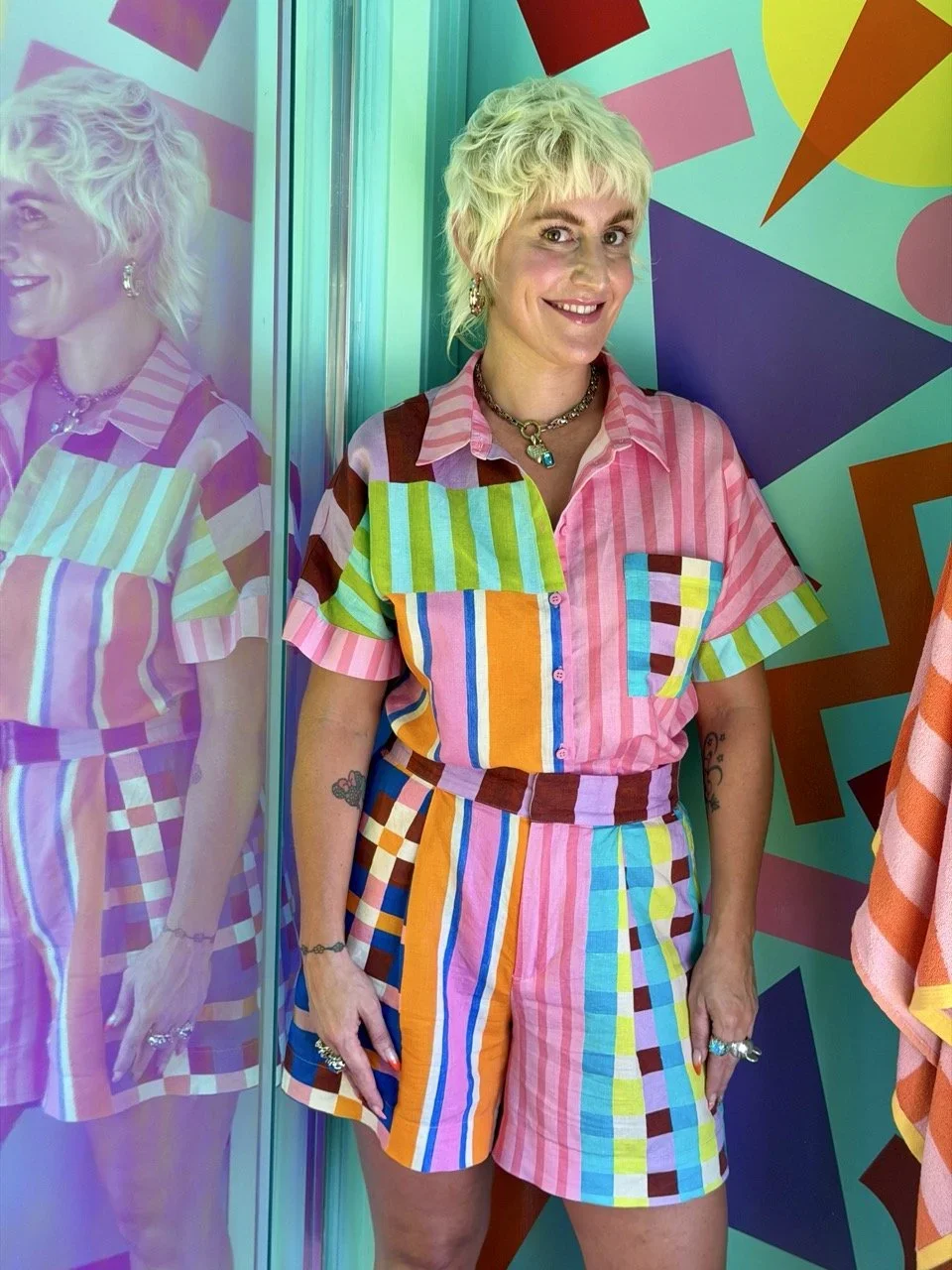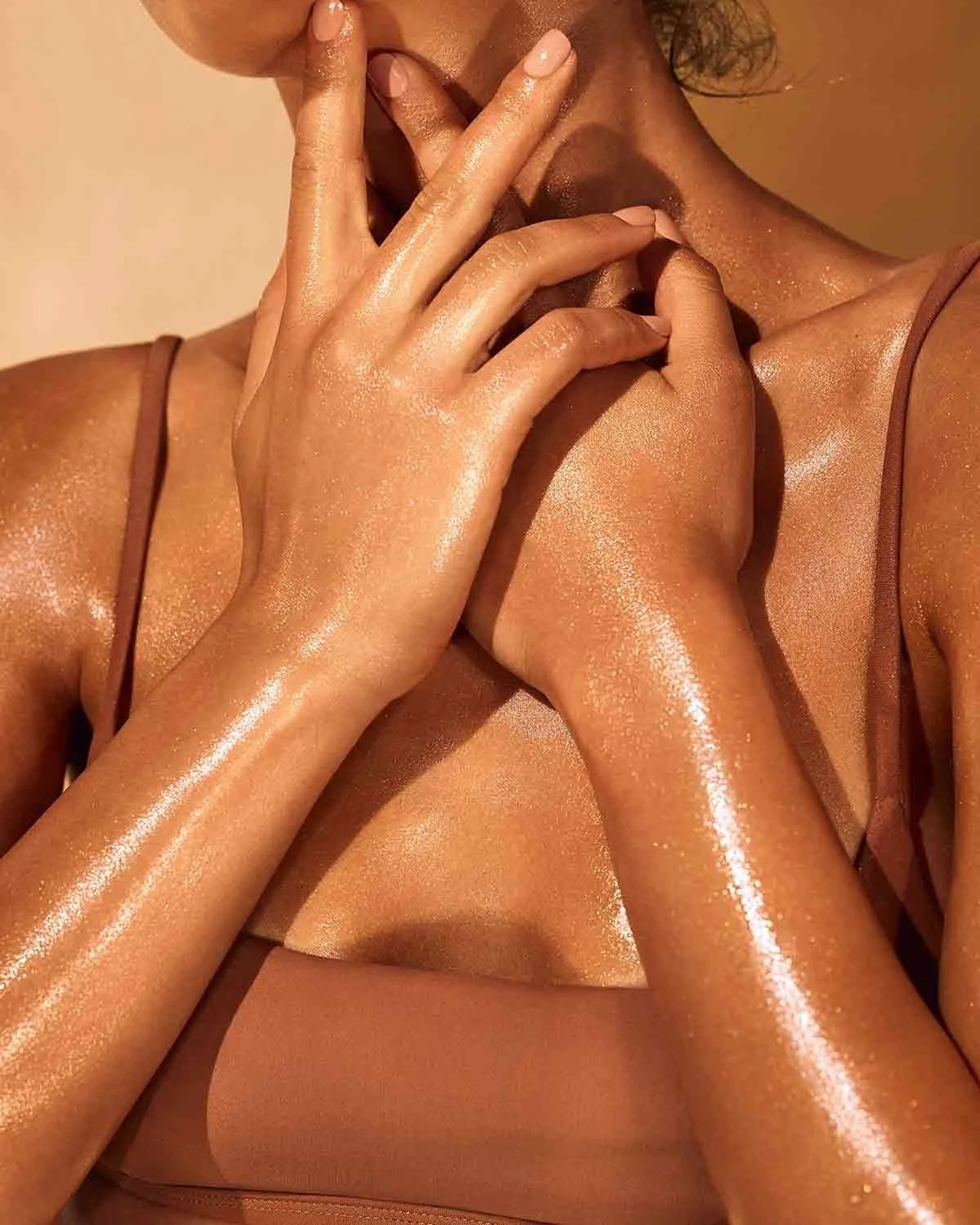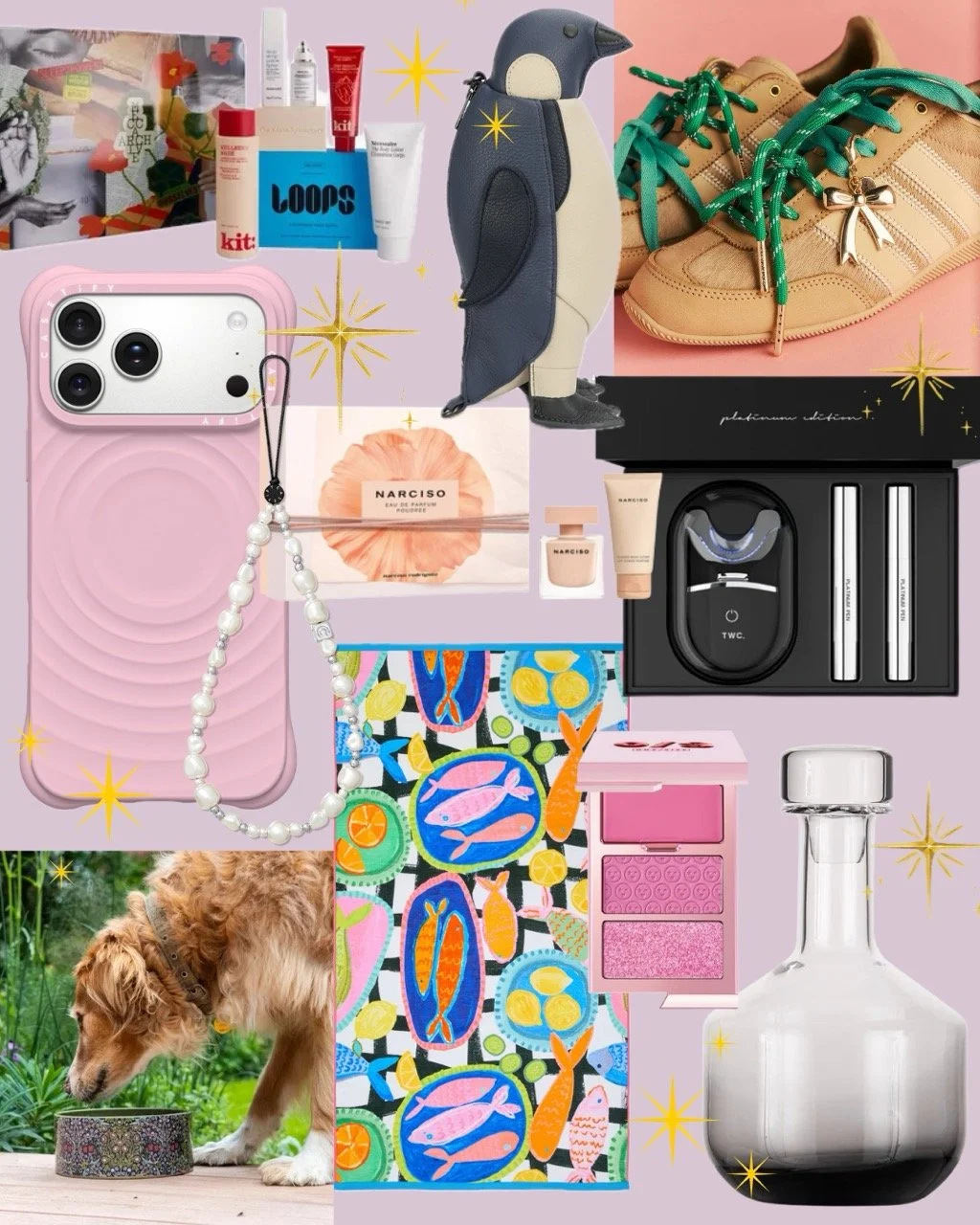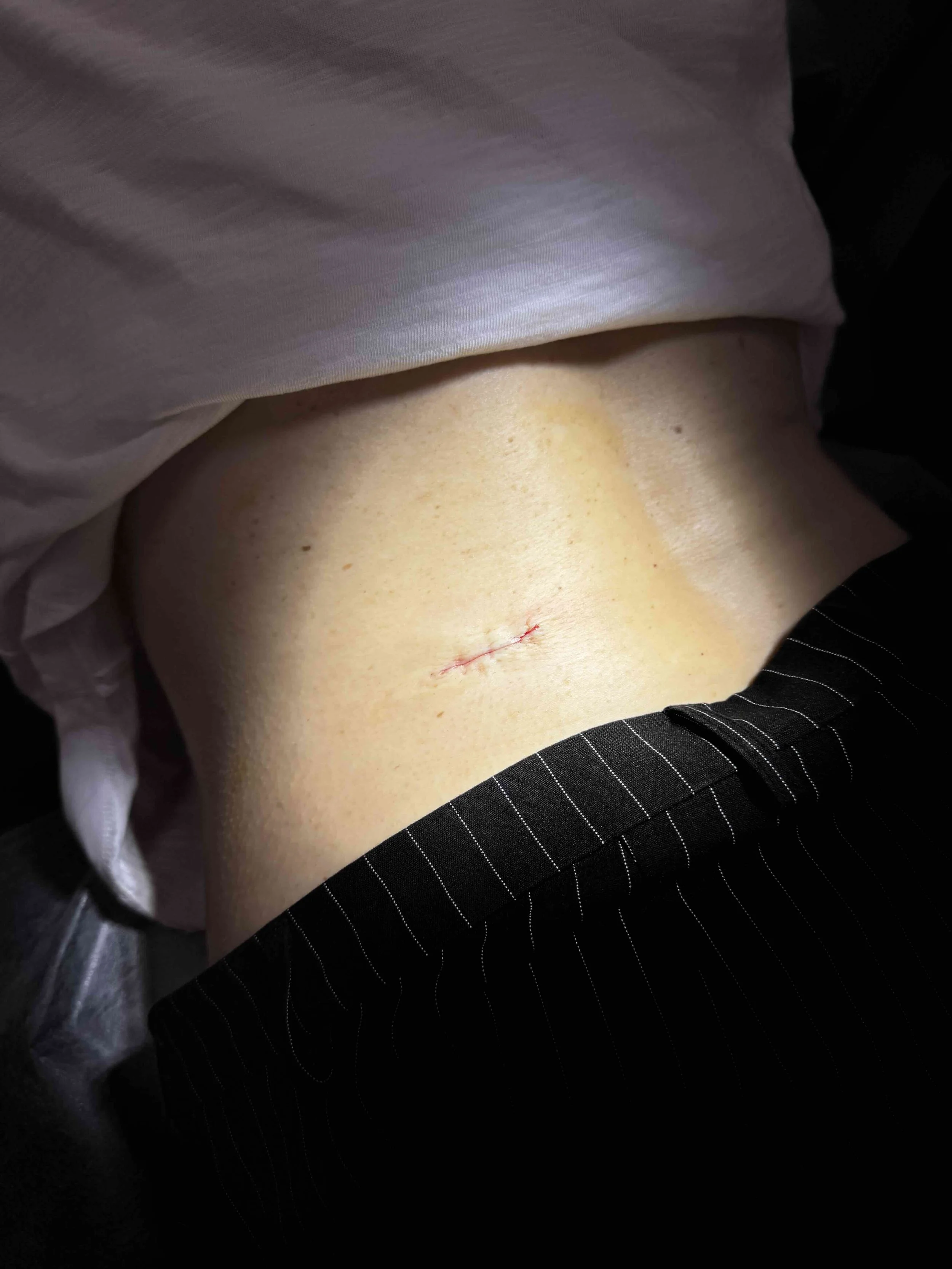Indeed, we all need to use sunscreen daily. So why are so many myths and truths surrounding this beauty essential? We asked the experts what is true and false and what’s on the horizon regarding sunscreen innovations. Read on to learn more, says editor Trudi Brewer.
Image Instagram
Wearing sunscreen daily (at least a broad-spectrum, SPF 50) is an absolute non-negotiable, according to skin experts, dermatologists, and the Skin Cancer Foundation. But the key to embracing the virtues of an SPF is finding your perfect match and understanding how it works. From chemical (or organic) that absorb UV rays to physical (or mineral) that sit on the skin and block UV rays, board-certified dermatologist Elizabeth Hale of the Skin Cancer Foundation wants an emphasis on creating formulas that protect the skin not only from the sun but also from high-energy visible light, blue light, emitted from electronic screens. And while attitudes are changing, SPF myths still exist. Our experts agree it’s taken years to get our heads around wearing sunscreen 365 days a year. They believe sunscreen should be essential to every woman’s daily anti-ageing skincare regimen. However, dermatologist Dr Hale still hears, “I don’t wear sunscreen because I need to get vitamin D from the sun.” True or false? “Vitamin D is essential for bone and organ health, but it’s never been suggested that getting it from the sun is the right way to do so,” says Dr. Hale. “The skin receptors that absorb vitamin D are maxed out after about five to ten minutes of exposure, and they’re activated even if you’re wearing sunscreen.”
Newness is on The Horizon
So, what will the sunscreen scene look like five years from now? Dr Hale hopes to see chemical sunscreen ingredients currently only available in the European Union gain FDA approval globally. “Not only are these ingredients even more cosmetically elegant than those that we have, but they’re also ideal for blocking the very prominent UVA (ageing) rays, for which we currently don’t have great options,” she says. She also foresees more advancement in skin cancer treatment, specifically melanoma. “Moderna recently announced that an mRNA melanoma vaccine has proved effective at preventing recurrence when paired with an immunosuppressant cancer drug.”
The latest SPF’s
There are plenty of great SPFs here in NZ, from lotions to sprays, creams and mineral powders. It’s our work to share newness and the latest we like. Here’s what’s just launched in time for summer.
Bondi Sands SPF50+ Fragrance-Free Tinted Face Fluid, $18,
Pocket-sized but powerful, this face-saving screen is also a chemical (organic screen) formula. All the heavyweights are on board to block UVA and UVB rays. It’s a sheer coverage that has a slight blendable tint. It’s also ultra-lightweight and leaves a slightly matte finish, which is ideal for wearing under makeup. When it comes to application, the brand says always shake well before applying.
Jeuneora FullStop. SPF50 Daily Glow Screen, $59.
A blend of chemical (organic screens) blocking UVA and UVB rays. Along with shea butter, and ecotin ( skin’s bodyguard), a hydrating amino acid. Finally, rosemary leaf extract, an antioxidant, improves circulation and has a slight antibacterial effect. This SPF works wonders to protect the skin while instantly hydrating it, leaving a dewy glow. It can worn under makeup or alone.
SO WHAT IS TRUE AND FALSE WHEN IT COMES TO SUN EXPOSURE?
We asked Auckland-based nurse and dermoscopy expert Katy Doherty, managing director of Espy Skin, to clear up the most common misconceptions about sun exposure and wearing an SPF.
Katy Doherty
True or False: Tanning beds are safer than exposure to the sun's rays.
False. Tanning beds or sunbeds are sometimes marketed to get a “safer tan,” but there is no such thing as a safe tan. Sunbeds increase your risk of developing the most common types of skin cancer – squamous cell carcinoma by 58 per cent and basal cell carcinoma by 24 per cent. Using sunbeds before the age of 20 can increase your chances of developing melanoma by 47 per cent, and the risk increases with each use. It is important to note that Australia banned sunbed use years ago because of this, a move that New Zealand needs to follow.
True or False: Sunscreen stops your body from absorbing vitamin D, leading to a deficiency.
False. While many people believe using sunscreen could lead to vitamin D deficiency, that isn’t the case. Studies have never found that everyday sunscreen use leads to vitamin D deficiency. People who use sunscreen daily can still maintain the vitamin D levels their bones and bodies require.
True or False: Darker skin tones don't need sunscreen.
False. While darker skin tones are less likely to burn as quickly, anyone can get sunburnt and develop skin cancers. The truth is if you have skin, you can get skin cancer regardless of its colour. Unfortunately, people with darker skin tones are at higher risk of death if they do get melanoma, as it can be harder to see, leading to delayed treatment. Everyone should wear sunscreen to protect themselves from the harmful effects of the sun.
True or False: You only need to wear sunscreen if you're outside.
False. This is a common misconception. If you sit near windows, driving or in front of a computer screen, you expose yourself to potentially skin-damaging light. It is important to know that most devices with screens, like cell phones, computers, and TV screens, emit high-energy visible (HEV) light or blue light. Blue light has been shown to penetrate deep into the skin and result in hyperpigmentation and melasma. Sunscreens with iron oxide can help prevent blue light from damaging your skin.
True or False: The sun is strongest when it’s hottest.
False. You can get sun damage on windy, cloudy and cool days. Sun damage is caused by ultraviolet (UV) radiation, not temperature. It is better to be aware of the UV index. UVI is a standard measurement of erythemal (sun-burn-causing) UV intensity that gives a more objective measure than the old “time to burn” (which cannot account for skin tone). The scale is open-ended, but a UVI of greater than 10 is extreme, and a UVI of less than three is low. The UVI depends mainly on the sun's elevation angle and the ozone amount for clear skies. You can check out the current UVI in your area for free using NIWA’s UV2Day APP.
True or False: I can’t get sunburnt on cloudy days.
False. It's not the sun's heat that causes sunburn, but it is the UV radiation – which is not dependent on temperature or even whether it's sunny. Cooler and cloudy days do not mean less UV levels either - so yes, you still get sunburnt on cloudy days.
True or False: I’ve been sunburnt many times, so there’s no point wearing sunscreen now – the damage is already done.
False. It’s never too late to start protecting your skin by seeking shade, covering up, and applying sunscreen because you can stop the damage from building even further and keep your risk as low as possible. UV rays can alter your DNA, and this type of sun damage can be irreversible, but no matter how many years of sun damage your skin has suffered, it’s not too late to start reversing some of the damage. Even with sun-damaged skin, daily sunscreen use has been proven to significantly reduce the risk of developing skin cancers and the visible signs of ageing. SPF is our BFF, and application should be part of our daily morning routine. Also, look for sunscreen that contains niacinamide, an active form of vitamin B3. It has been proven to reduce the risk of non-melanoma skin cancer, sun damage (actinic keratosis) and sunspots. It can be taken orally in high doses of 500mg or applied topically like a moisturiser. My favourite is Solarcare B3 - its catchphrase is ‘moisturiser with benefits’
SOLARCAREB3 INTENSIVE B3, from $45.
This is one potent antioxidant skin treatment. It was created to sit alongside your SPF sunscreen to target the effects of sun-damaged skin. It’s loaded with our favourite vitamin, B3 or ten per cent niacinamide; while it’s cream, it has the consistency of a lightweight gel, which makes it perfect for wearing under makeup.
True or False: The SPF in my makeup is enough.
False. Unfortunately, the SPF in makeup isn't enough to limit the harmful effects of the sun's skin-burning ultraviolet (UV) rays. In fact, at best, you're probably getting about half the protection you think. For adequate sun protection, you want to use separate sunscreen with SPF 30 or higher over your moisturiser. You only need to wait a minute or so between applying moisturiser and sunscreen. Therefore, even if your makeup has SPF, you should apply separate sunscreen.
What sunscreen do you recommend to your patients and why?
The best advice I give to my patients is to choose a sunscreen that you like the feel of first and foremost – if you don’t like how it feels on your skin, you will not use it or apply enough of it. Make sure you use sunscreen that is suited for the activity you are doing. If you are going to get wet or sweaty, make sure you choose a water-resistant sunscreen, and most importantly, make sure you reapply often, as sunscreen can easily be wiped off. Also, don’t forget to protect your lips with lipstick or lip balm with SPF 30 or more. My favourite sunscreen is My Sunshine Tinted Semi-Matte. It’s an all-in-one mineral sunscreen for your face, SPF 30 Tint, Primer and Moisturiser, which finishes to a beautiful semi-matte polished appearance. It protects the skin against UVA, UVB and blue light. And remember, regular full-body skin checks are key to finding skin cancers early when they are most treatable - it might just save your life.
My Sunshine Sunscreen - Tinted Semi-Matte, $45.
The latest NZ-made tinted screen is your SPF, skin tint, primer and moisturiser. It’s also stacked with potent antioxidants that help to mop up free radical sun damage, including vitamin C and Co Q10 to help brighten and repair the skin. As well as niacinamide and hemp seed extract to blur the look of hyperpigmentation, hydrate and strengthen the skin’s barrier. Fragrance-free, it’s safe for sensitive skin, vegan, cruelty-free, and safe for sea reefs.

























Less about perfection, and more about feeling good.